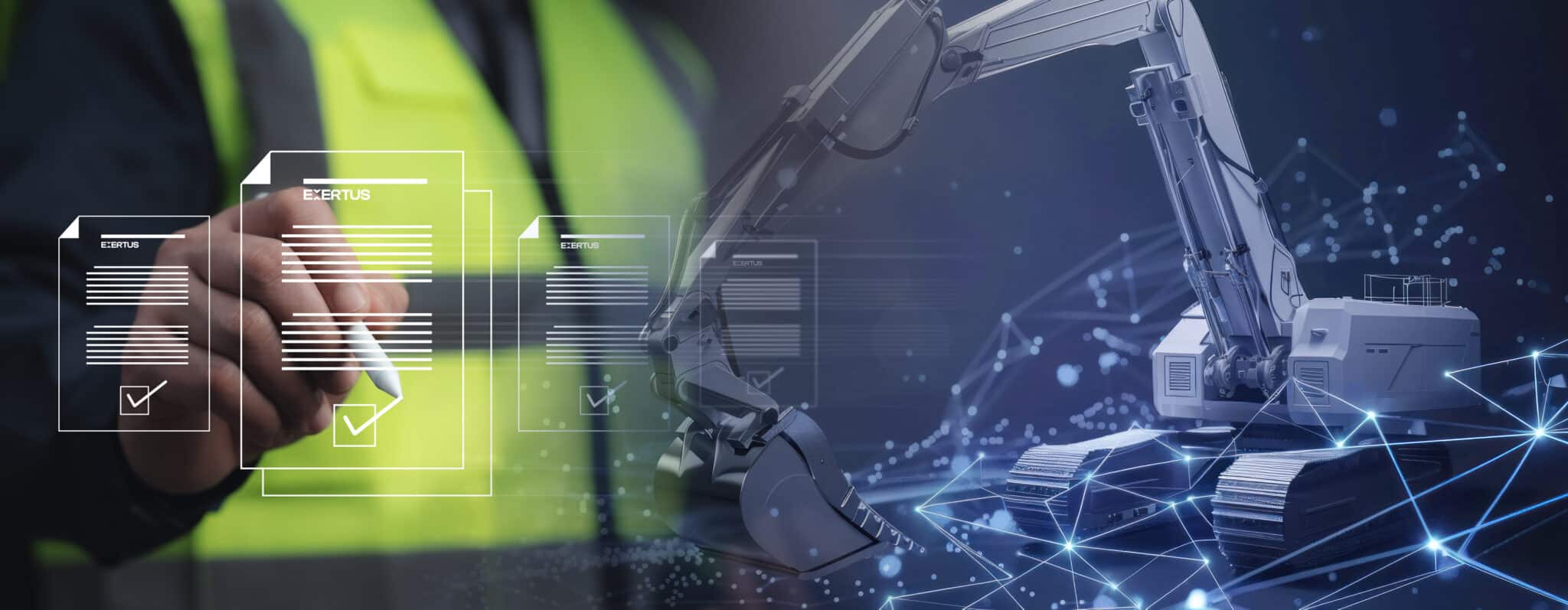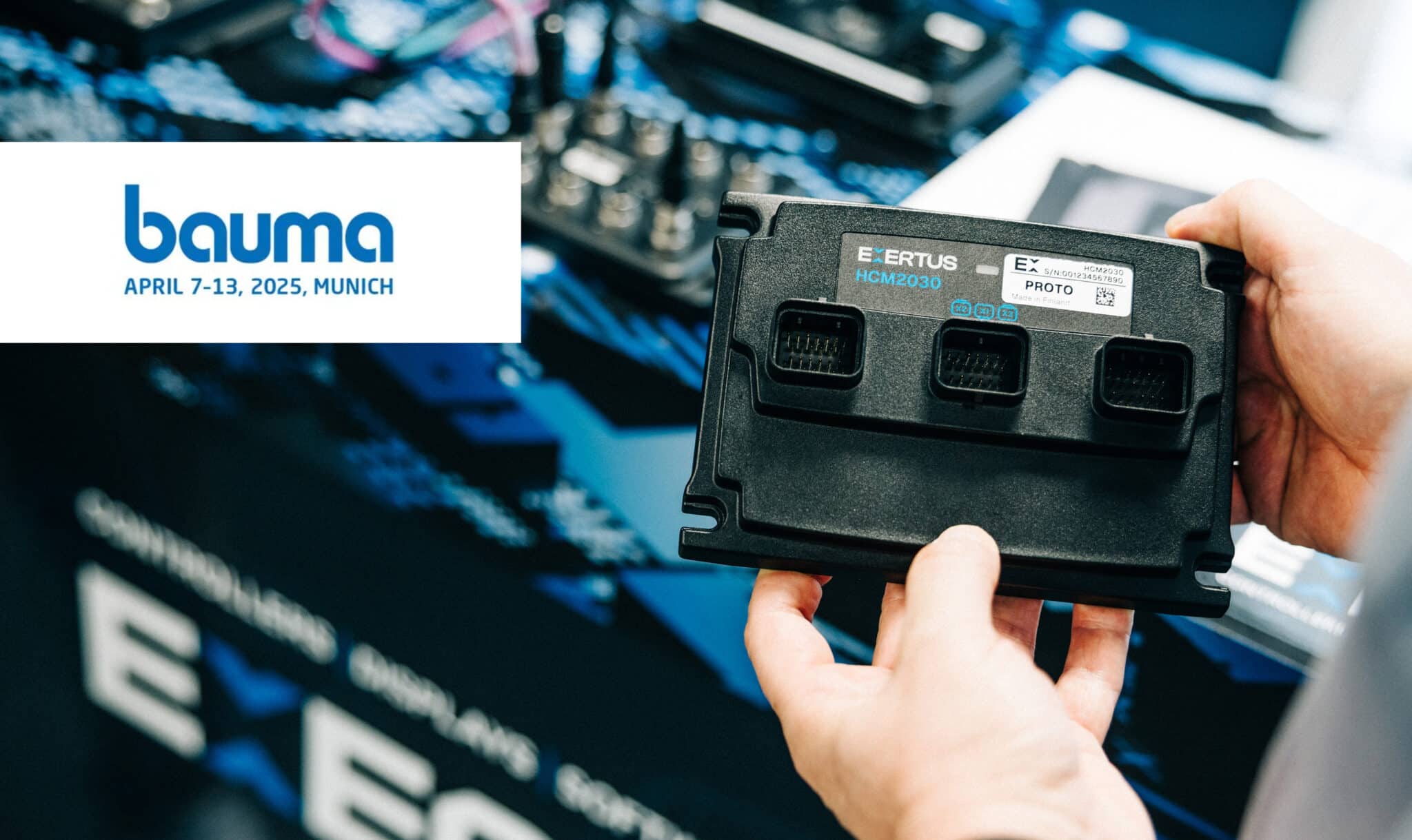
The European Union has introduced updated Machinery Regulation (EU) 2023/1230, replacing the previous Machinery Directive. This new regulation aims to clarify legal interpretations, tighten safety and documentation requirements, and address emerging risks, such as cybersecurity across the machinery industry. The regulation entered into force in July 2023 and will apply fully from January 20, 2027.
From directive to regulation – what’s the difference?
While a directive sets goals that member states implement through national legislation, a regulation is a directly binding law across all EU countries without the need for national implementation. For manufacturers, importers, distributors, and other economic operators, this means uniform rules and direct responsibilities with no room for varying interpretations.
Key obligations under the new regulation
The regulation introduces new requirements for all economic operators, including:
– maintaining traceability of product origin and delivery for 10 years
– providing technical documentation in a format and language accessible to local authorities
– including risk assessments that specify implemented protective measures and any remaining residual risks
– keeping EU declarations of conformity up to date and available
– Providing all documentation electronically or in print, in the language(s) of the country of use
Cybersecurity now a safety requirement
One of the most significant updates is the inclusion of cybersecurity requirements for machinery software and control systems. Manufacturers must ensure that:
– software essential to safe operation is identifiable and traceable
– evidence of tampering is recorded through event logs
– remote access cannot create hazardous situations
– safety features remain protected even against unintended or malicious alterations, including from third parties
For autonomous machines and remote-controlled equipment, the regulation sets limits on behavior outside the machine’s intended function. The system must remain safe even if the communication link is interrupted or fails.
How Exertus supports compliance
At Exertus, we’re fully aligned with the new regulation and prepared to support machine manufacturers in meeting these stricter requirements:
– updated controller documentation and clear traceability features
– flexible software architecture for verifying safety-critical logic
– expertise in risk assessment documentation and compliance engineering
– modular hardware and safety modules with required conformity documentation
Our development teams are already factoring the upcoming EU regulation into all new hardware and software design processes, helping our customers future-proof their machines ahead of 2027.
Let’s get You ready
While 2027 may feel distant, updating processes, documentation, and validation methods takes time. We recommend machine manufacturers start preparing now.
Contact now us to learn how we can support your transition to the new EU Machinery Regulation – and help ensure your machines remain safe, compliant, and future-ready!
- News








